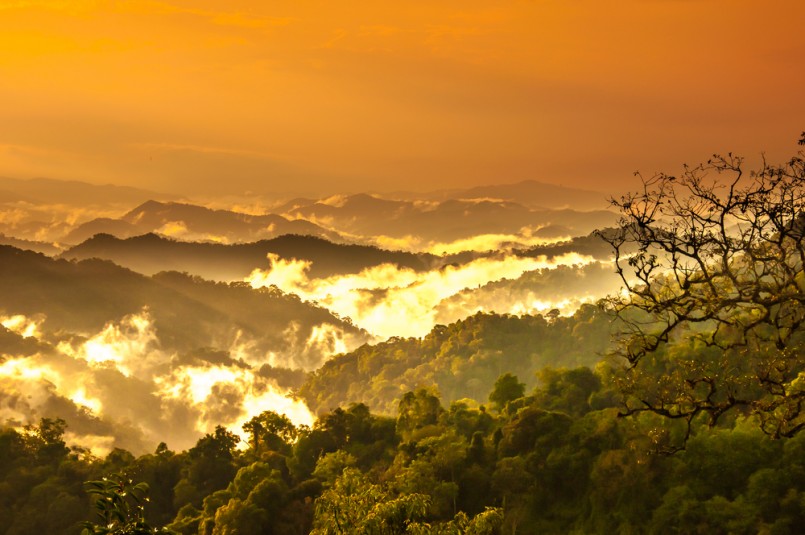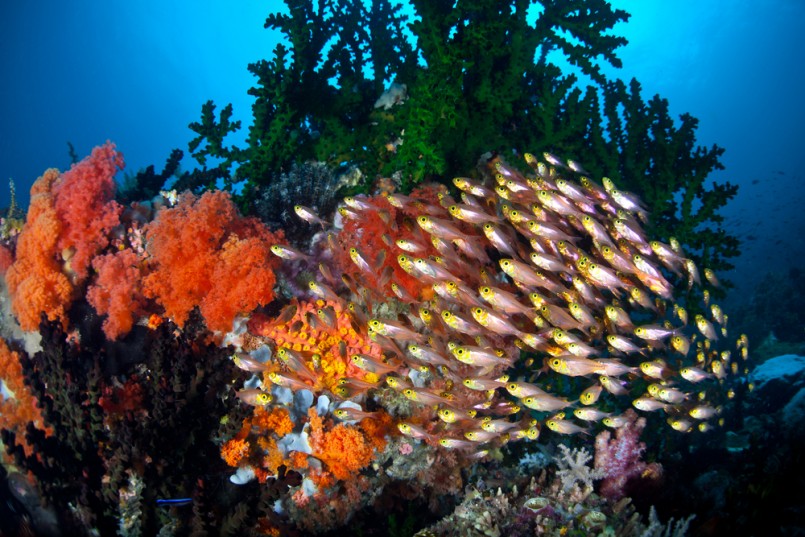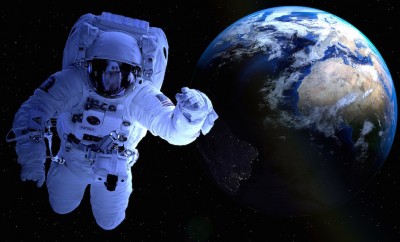Environment
9 Places To Visit Before They’re Destroyed By Man

Image: Shutterstock/Bule Sky Studio
9 Places To Visit Before They’re Gone
Earth is a beautiful, diverse planet. From the highest mountain to deepest ocean, extreme temperatures on both ends of the spectrum, and exotic animals, there is something for everyone to enjoy. For now. Unfortunately, due to pollution, deforestation, global warming and other dangers, some of these places may not last forever. Here are the top places to visit before they’re gone.
The Great Barrier Reef, Australia
Pollution and outdated fishing methods are a few of the biggest threats the Reef is facing. Reefs flourish in places with low nutrients. The Great Barrier has had an increase in nutrient and pesticide pollution in recent years, causing the ecosystem to suffer. Trawling for shrimp is legal in certain parts of the park, which gives damage to the ocean floor and its residents. The more the areas around the Reef industrialize, the more it will suffer.
Angkor Wat, Cambodia
Ironically, tourism is the cause for the destruction of these temples. Once, only the bravest travelers went to the site. Now, thousands of people are there every day, and their combined weight is crushing the temples. Further, the hotels being built to accommodate all the visitors are draining excess water—threatening the sand-constructed temples. Scientists fear the temples may collapse altogether.
Meinikov House, Moscow
This cylindrical building was finished in 1929, by Russian architect Konstantin Meinikov. It was built to contrast typical Russian architecture and is now a true gem of history. Recently, an underground parking garage has been doing some excavation work nearby and has caused multiple cracks in the house’s walls. It is in danger of caving in completely.
Egyptian Pyramids, Egypt
Pollution and tourism are the modes of destruction in Egypt. Air pollution is eating away at the details of the once majestic Sphinx and other pyramids, while sewage in nearby rivers are crippling the foundations on which they rest. It is not illegal for people to climb on and touch the pyramids, another factor in their erosion. More recently, the terrorist group, ISIS, has threatened to bomb the landmarks.

Image: Shutterstock/swisoot
Amazon Rainforest, South America
1.4 billion acres of land. Thousands of species, plant and animal alike. Twenty percent of the world’s oxygen alone comes from the Amazon. Yet, deforestation is tearing it apart. Mining and logging rip apart the trees. Some loggers even sell the wood to other countries to become charcoal. Mother Nature isn’t helping either. Global Warming is increasing the risk of wildfires, as the dry seasons grows longer. The World Wildlife Fund estimates the rainforest could be entirely gone in the next 50 years.
Congo Basin, Africa
The basin is the world’s second largest rainforest at 1.3 million square miles. The United Nations predicts two thirds of the rainforest may disappear by 2040. Illegal mining and logging occur on a daily basis, which in turn destroys the habitat of many species. Farming and ranching also drive out native species and take over their water and food sources. Also, the guerilla warfare happening affects the forest negatively. Not only are animals and plants being destroyed, a percentage of the world’s oxygen is also being depleted.
Madagascar
Yes, another rainforest is threatened by deforestation. This island is home to many unique animals, who require the trees for home, oxygen and food. Species are becoming extinct and endangered because of the damage. Some animals are being illegally trafficked off of the island, as well. Global warming also increases the risk of wildfires, dwindling trees that are already scarce.

Image: Shutterstock/Ethan Daniels
The Coral Triangle, Pacific Ocean
The Triangle is a body of water between the countries of Papua New Guinea, Indonesia and the Philippines. It is named for the 600+ different species of coral within its borders. The fishing methods used in these waters are incredibly destructive. Fishermen use cyanide poisoning, which stuns fish without killing them, and dynamite, which destroys 200 square feet of coral at a time. Fish and other animals, like dolphins and sharks, get caught accidentally in nets because there’s no differentiation between what the fisherman want to catch, and what is bycatch. The demands of the civilizations surrounding the Triangle continually cause the fishermen to overfish. The remaining fish cannot reproduce fast enough to keep up.
Chihuahuan Desert, North America
This desert stretches from Mexico to Texas and New Mexico. As a desert, water is scarce. Unfortunately, the populations around the desert misuse the water supply and exploit the finite resource. The land has become increasingly converted from desert into farm land. Cattle and sheep eat all the native plant life, and shrubs grow back in their place. Poaching has decreased the number of indigenous animals, as well as illegal wildlife trafficking. Mining of copper, salt, lime and sand has also harmed the natural beauty of the desert.
Kaitlyn is a graduate from Lee University and is a staff editor for R.H. Boyd Publishing. She enjoys travel, books and penguins. When she's not working, she dreams of seeing the world.





0 comments